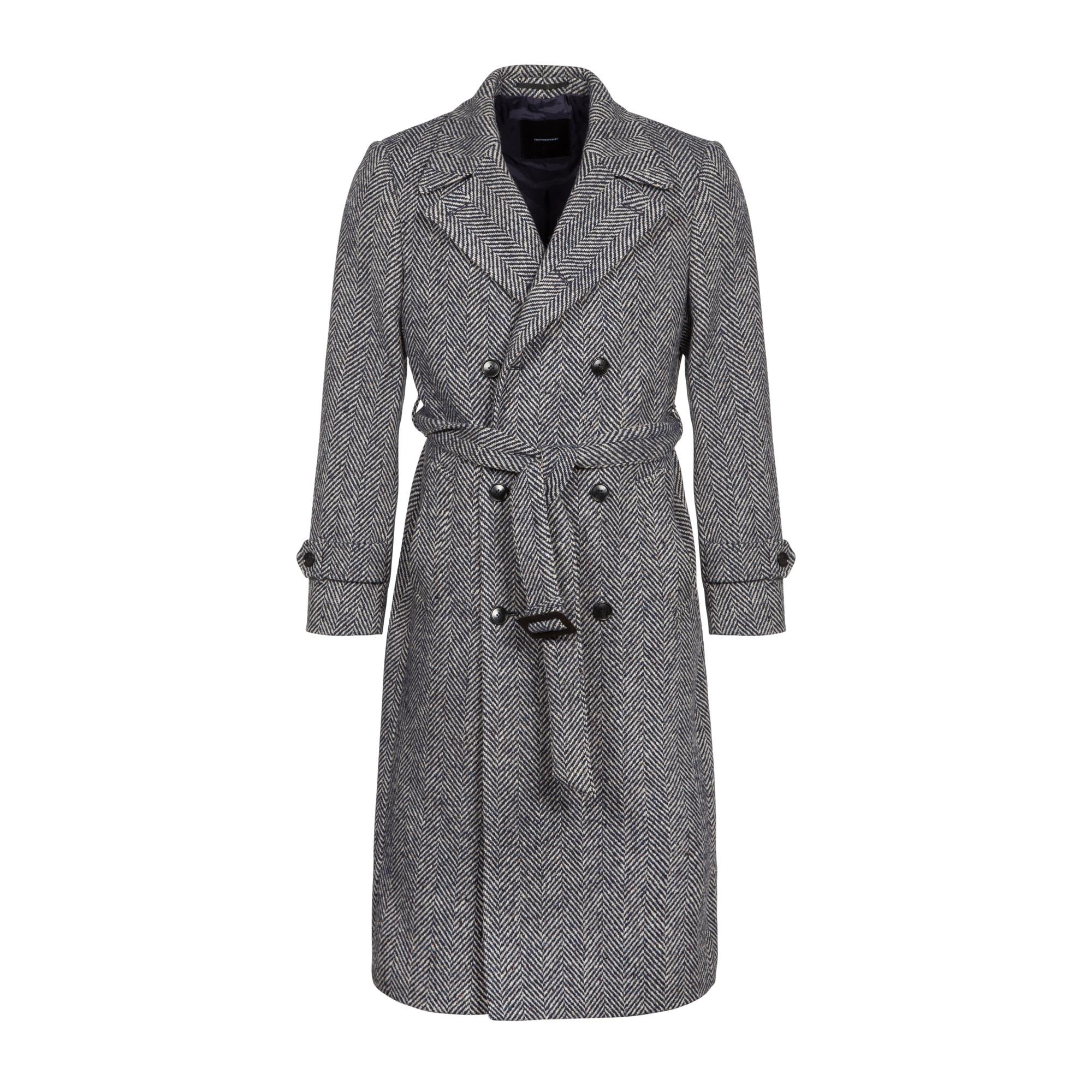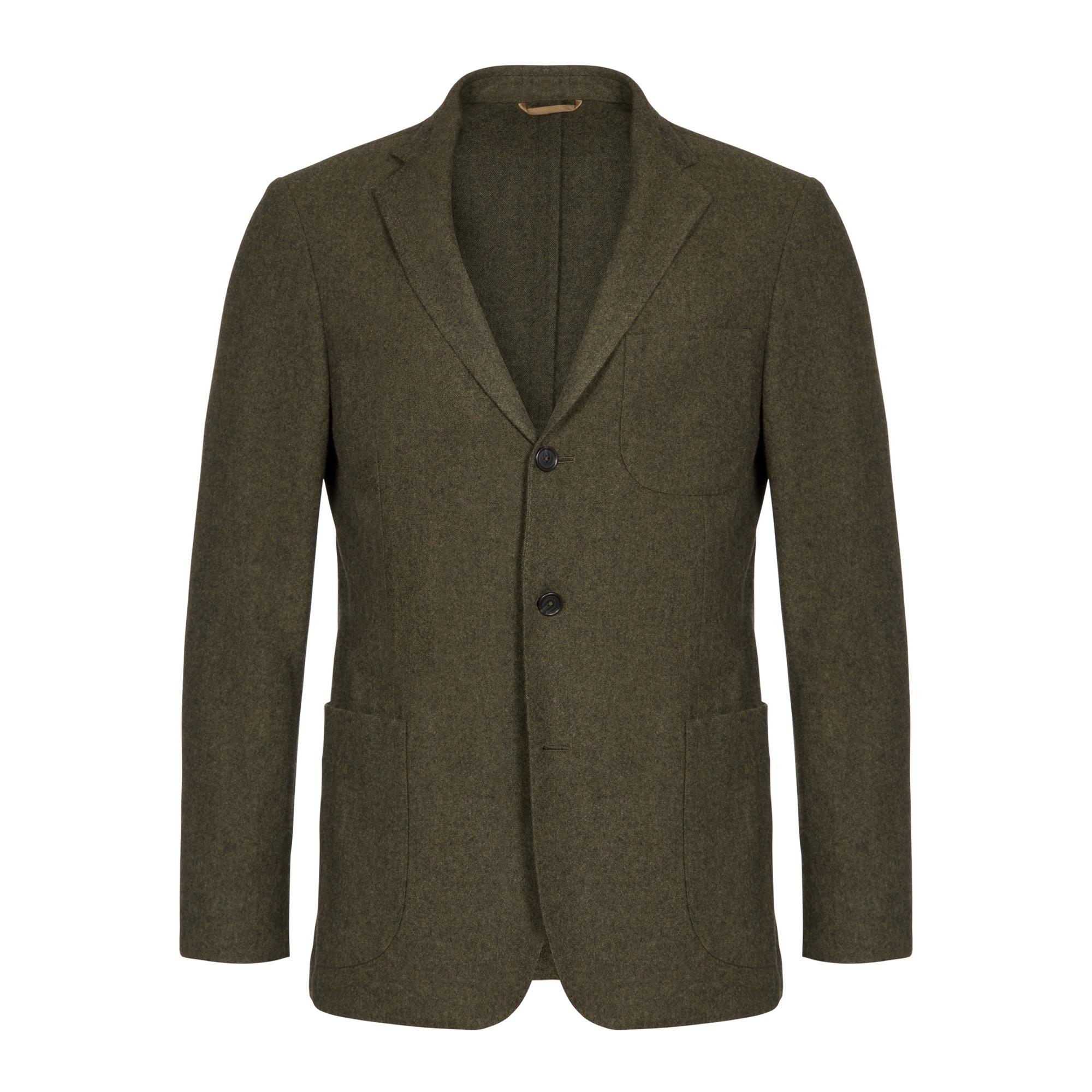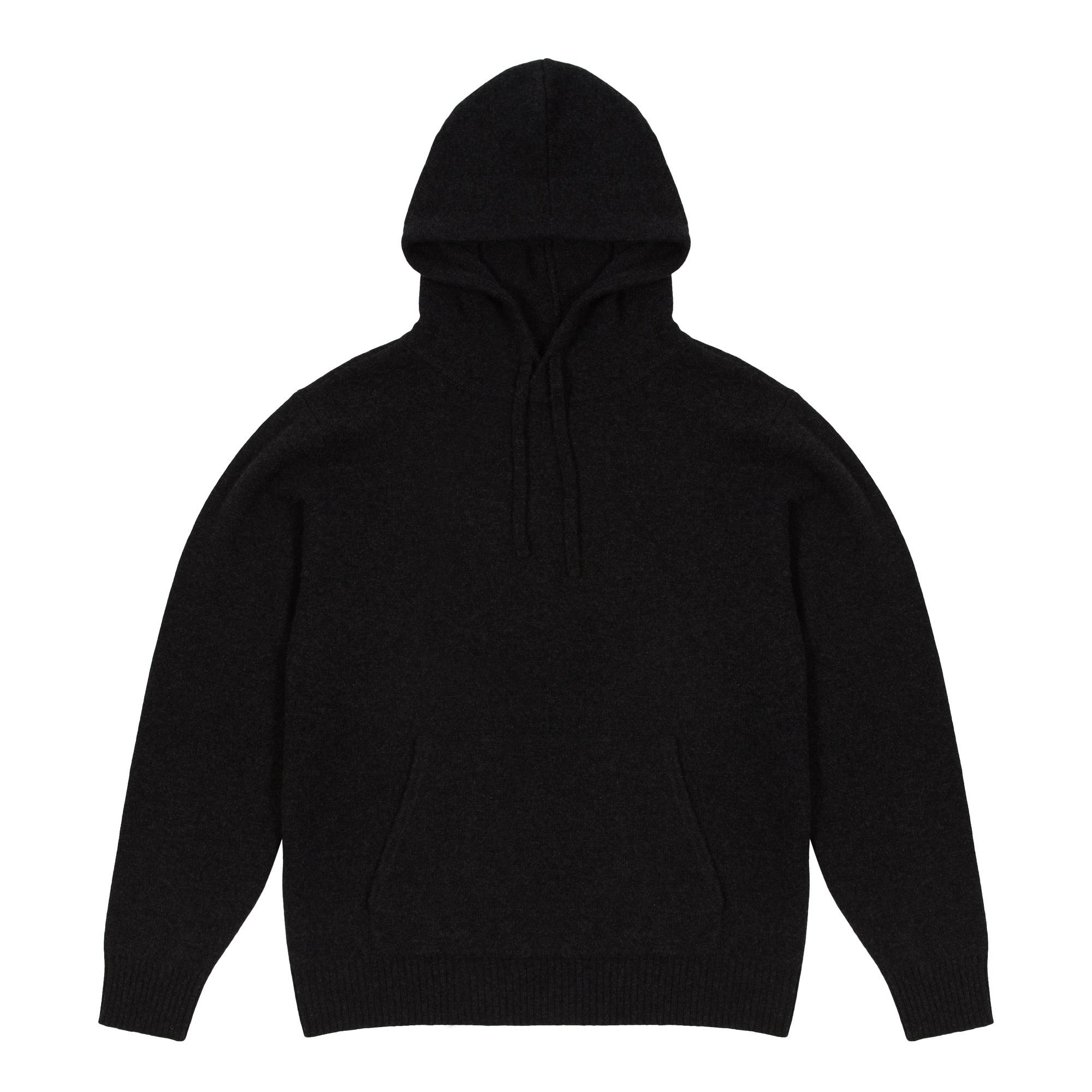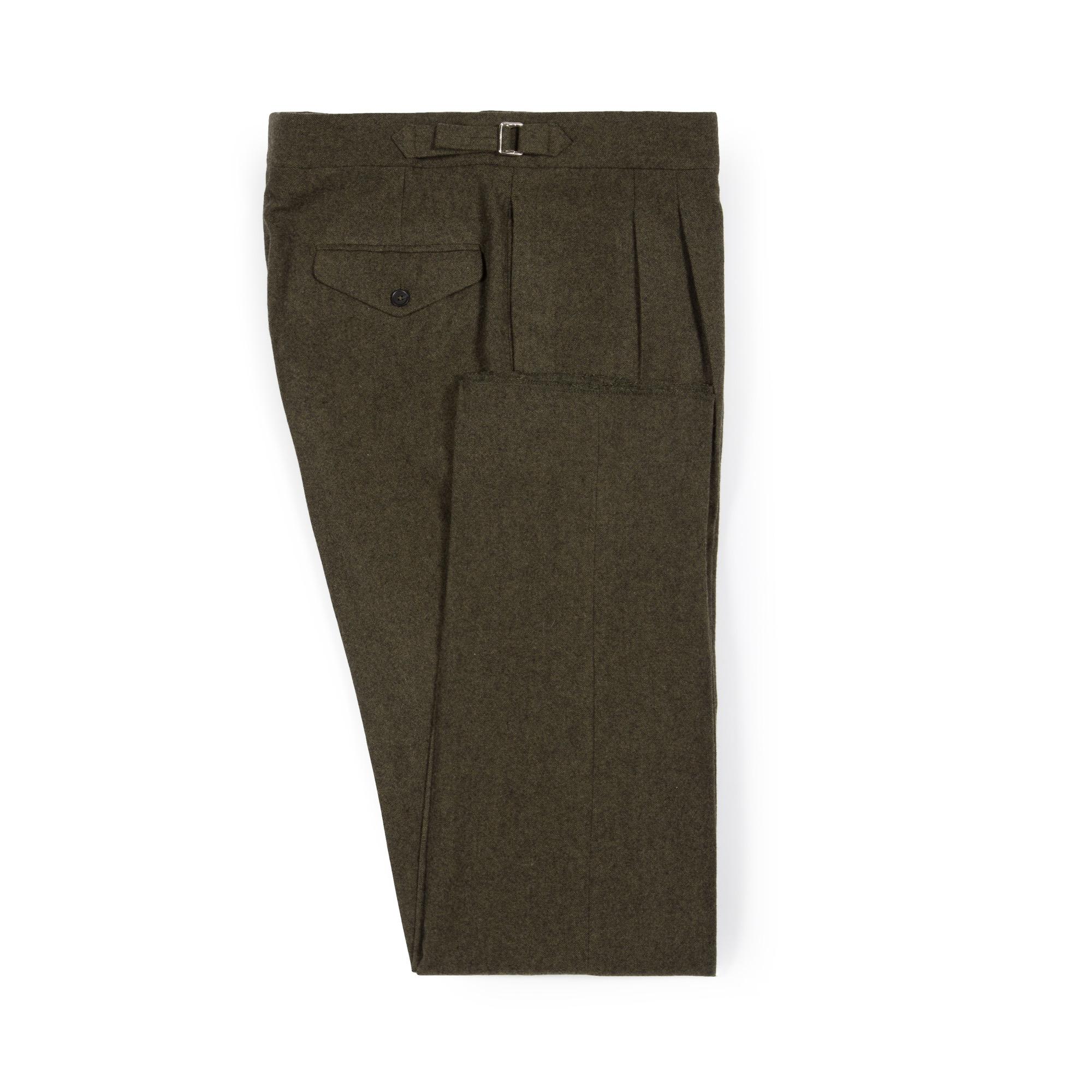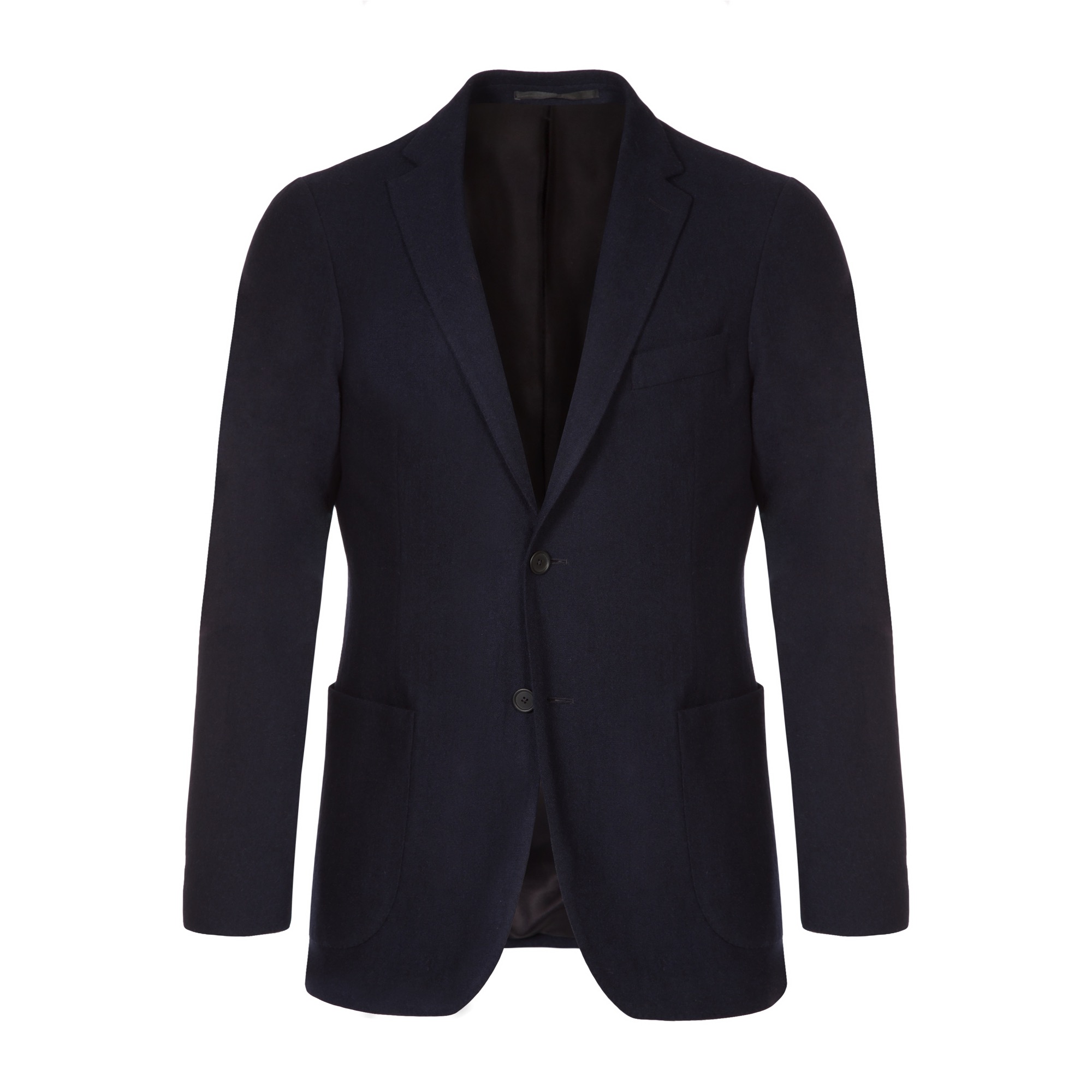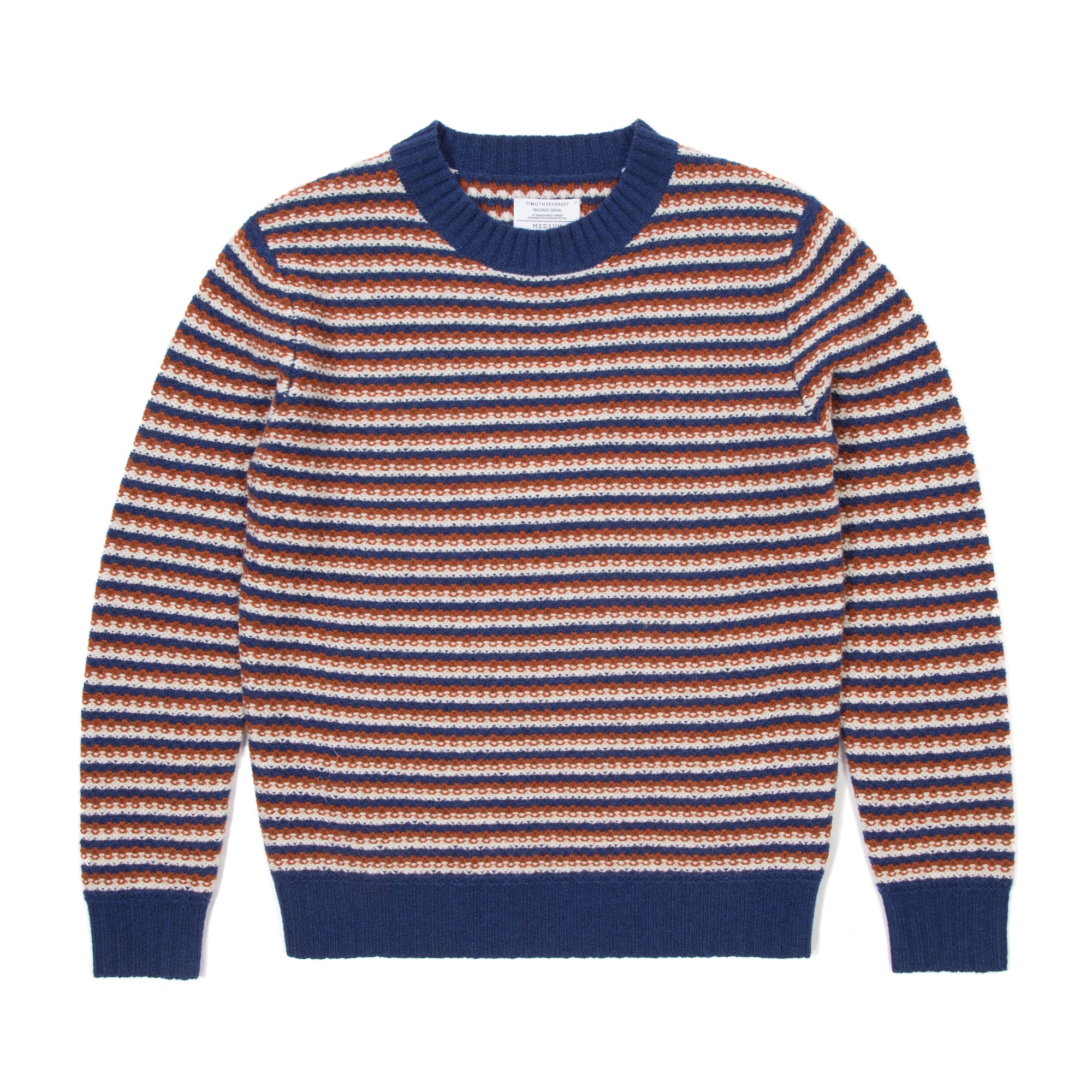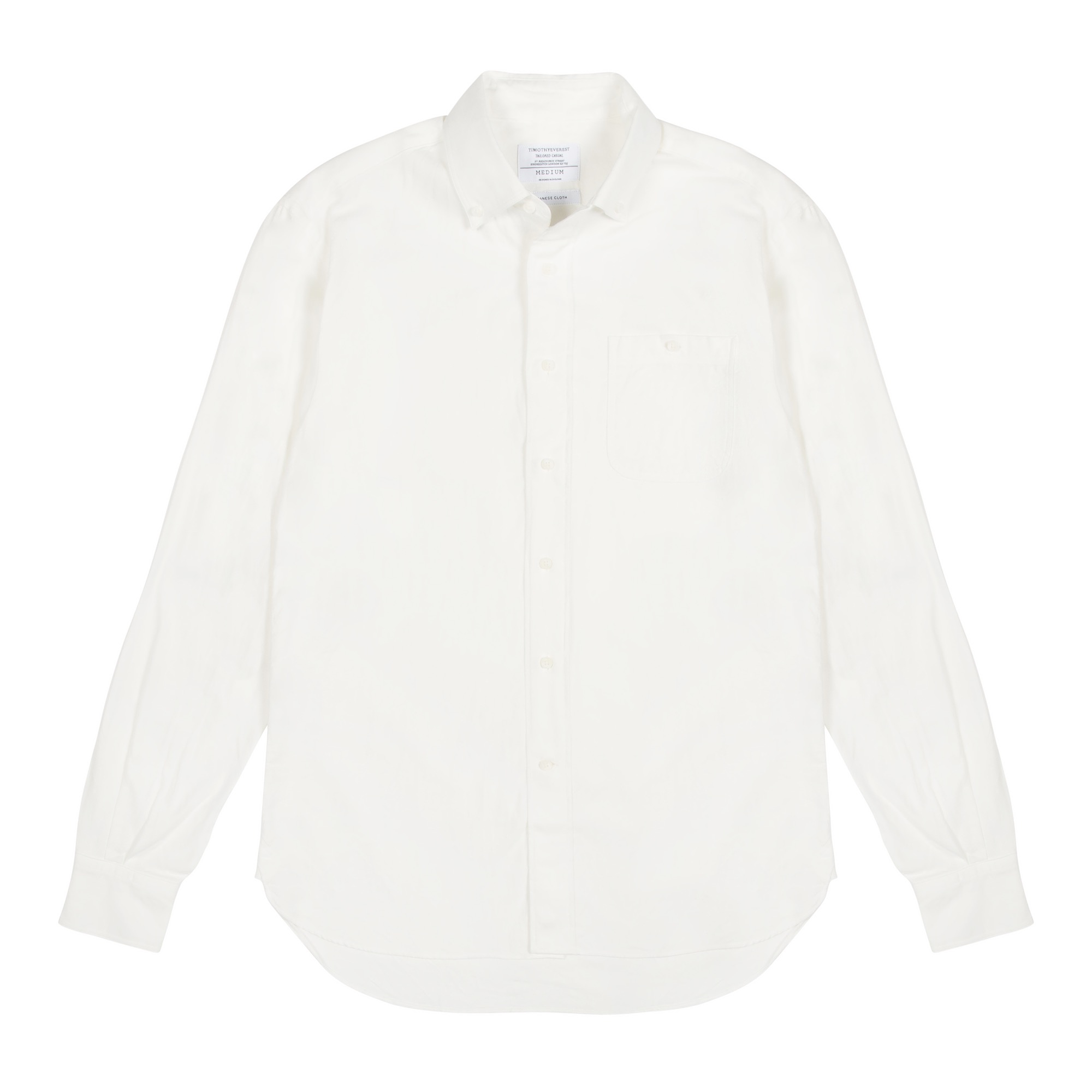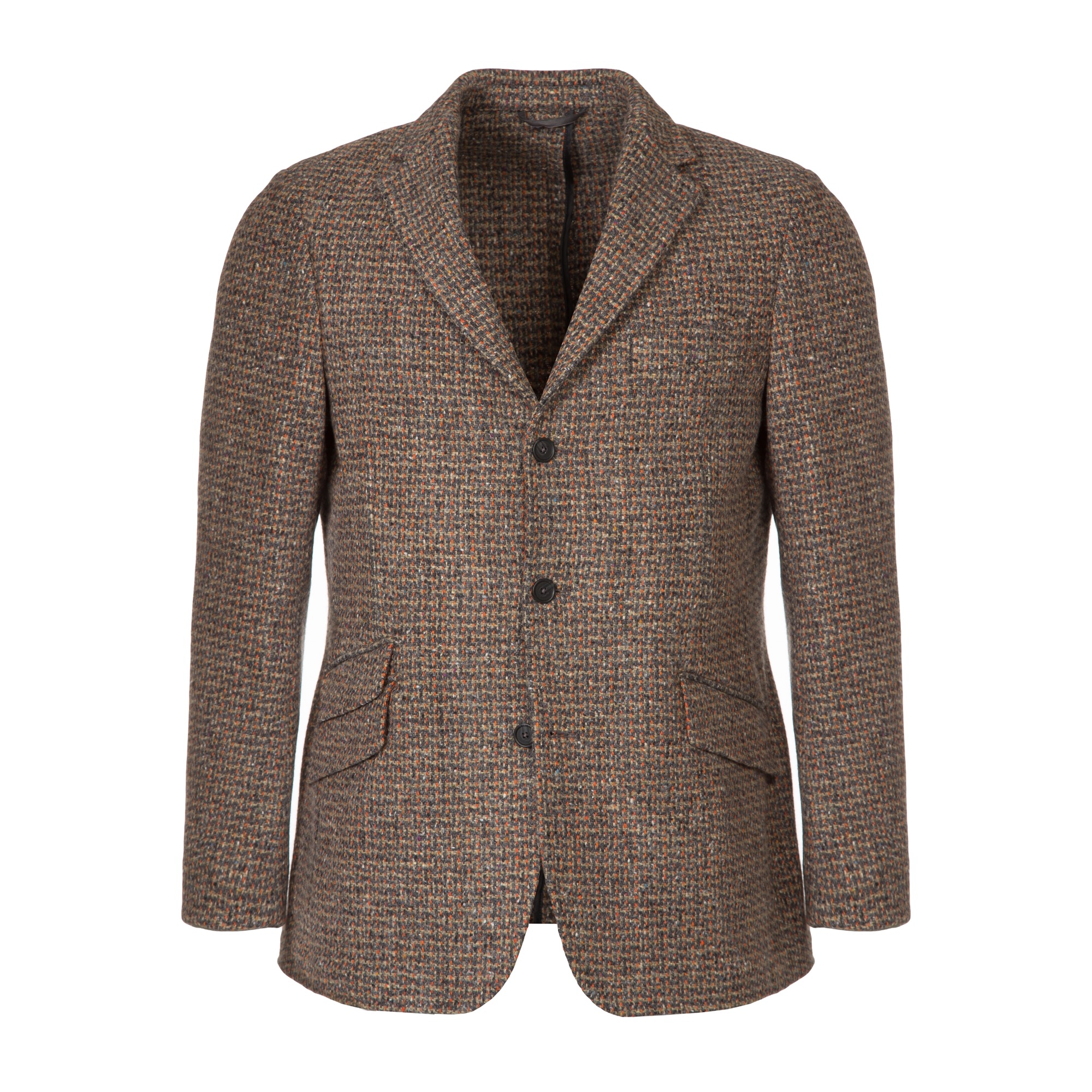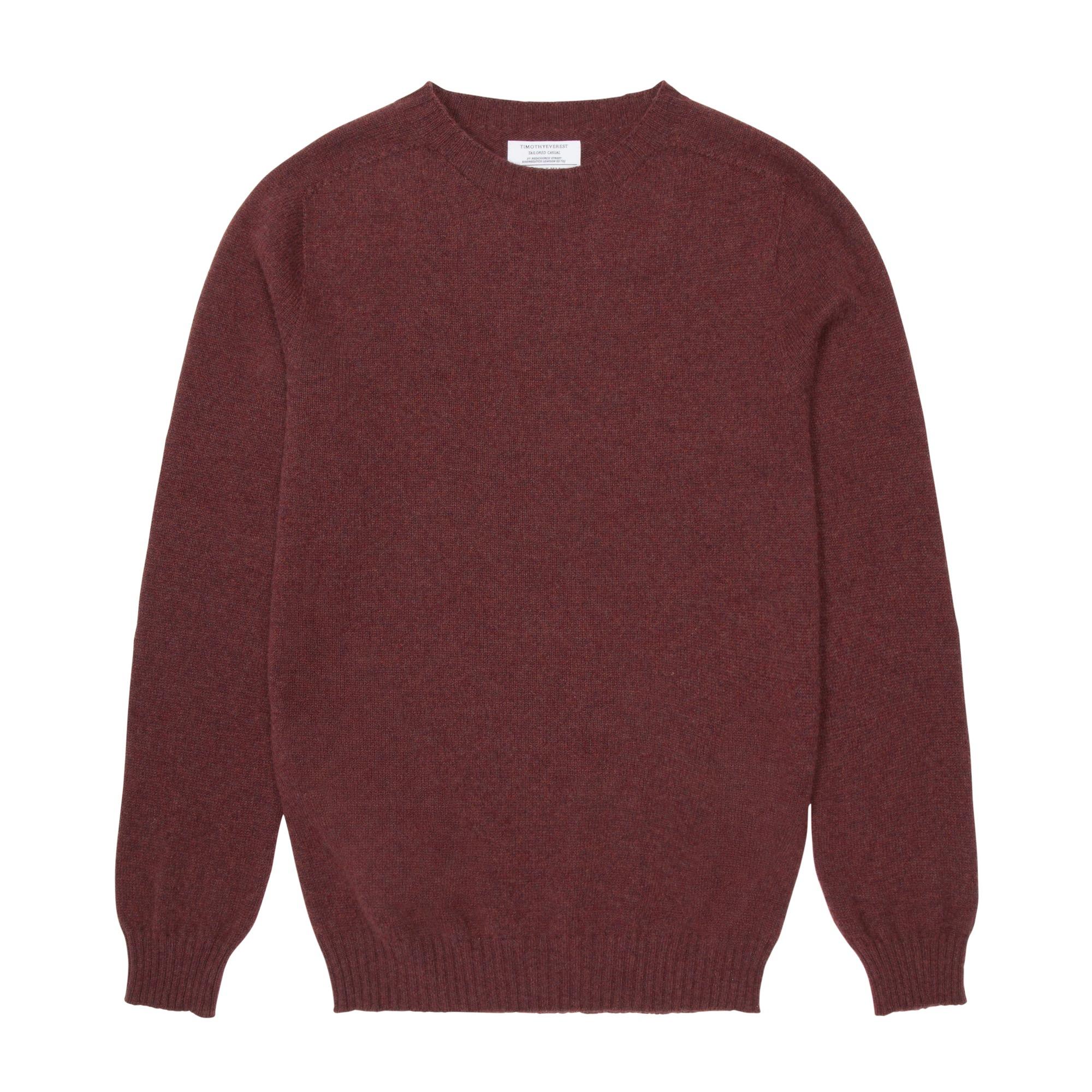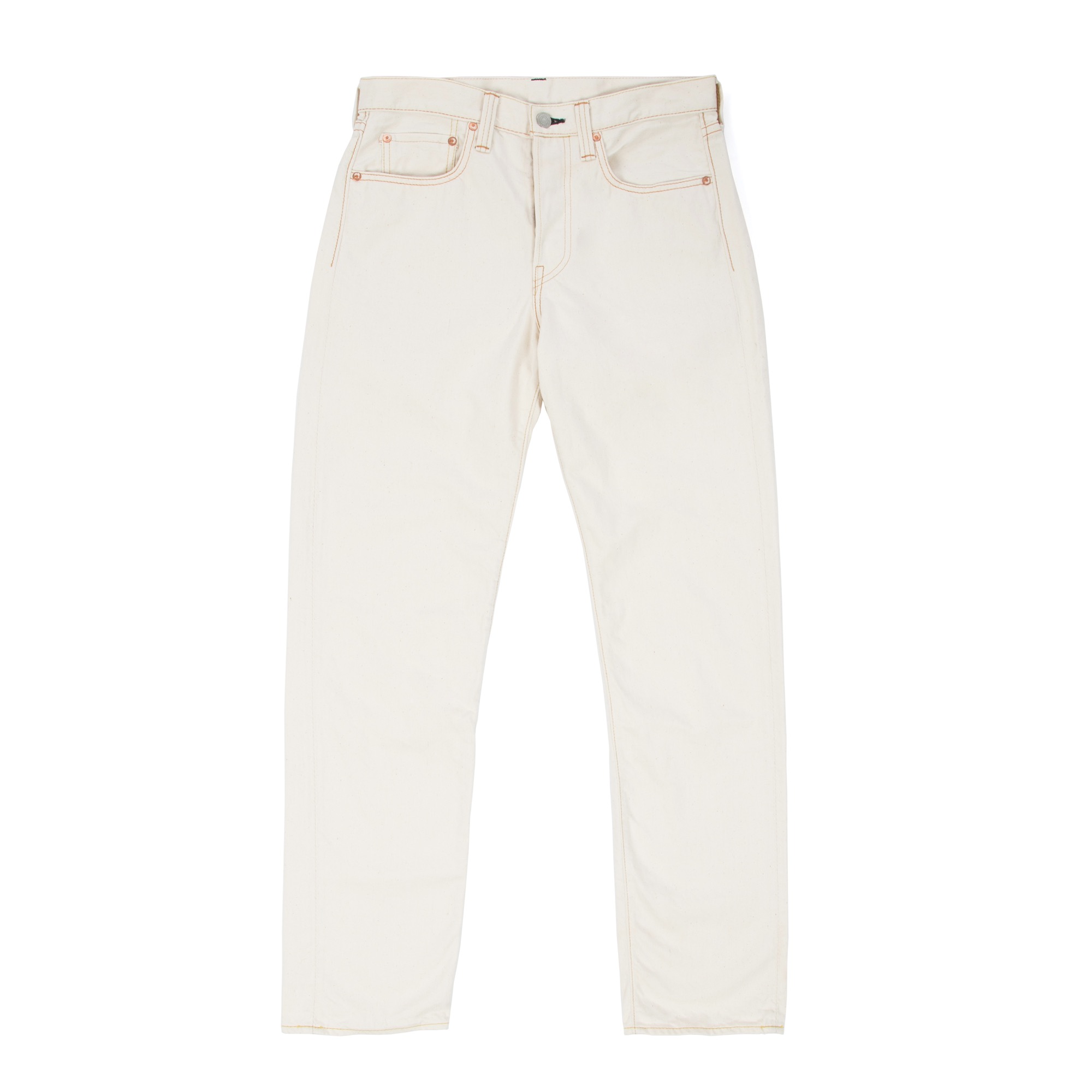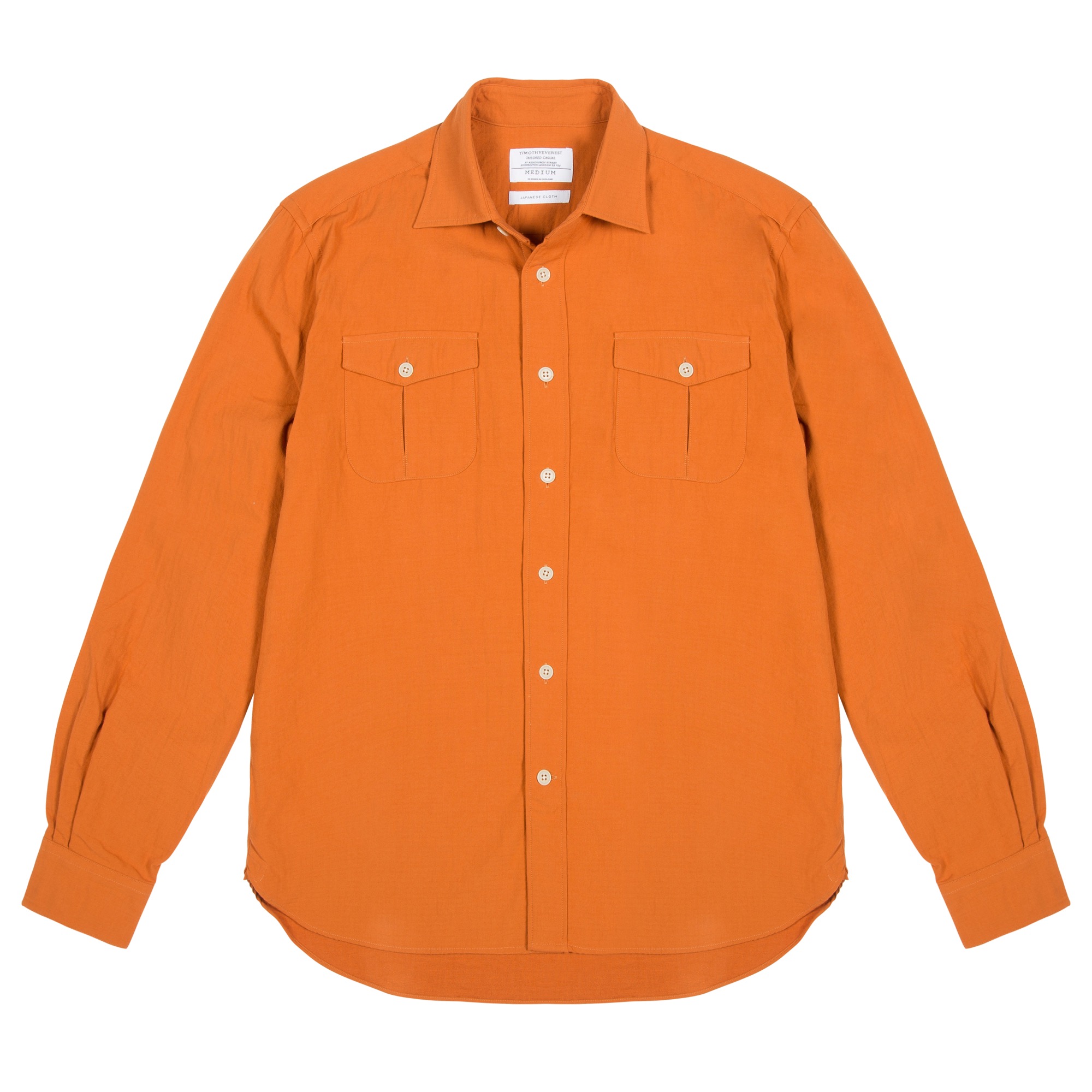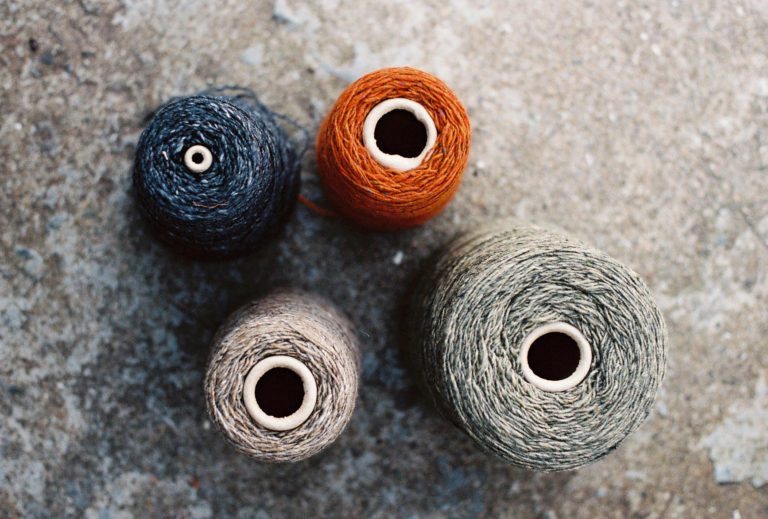
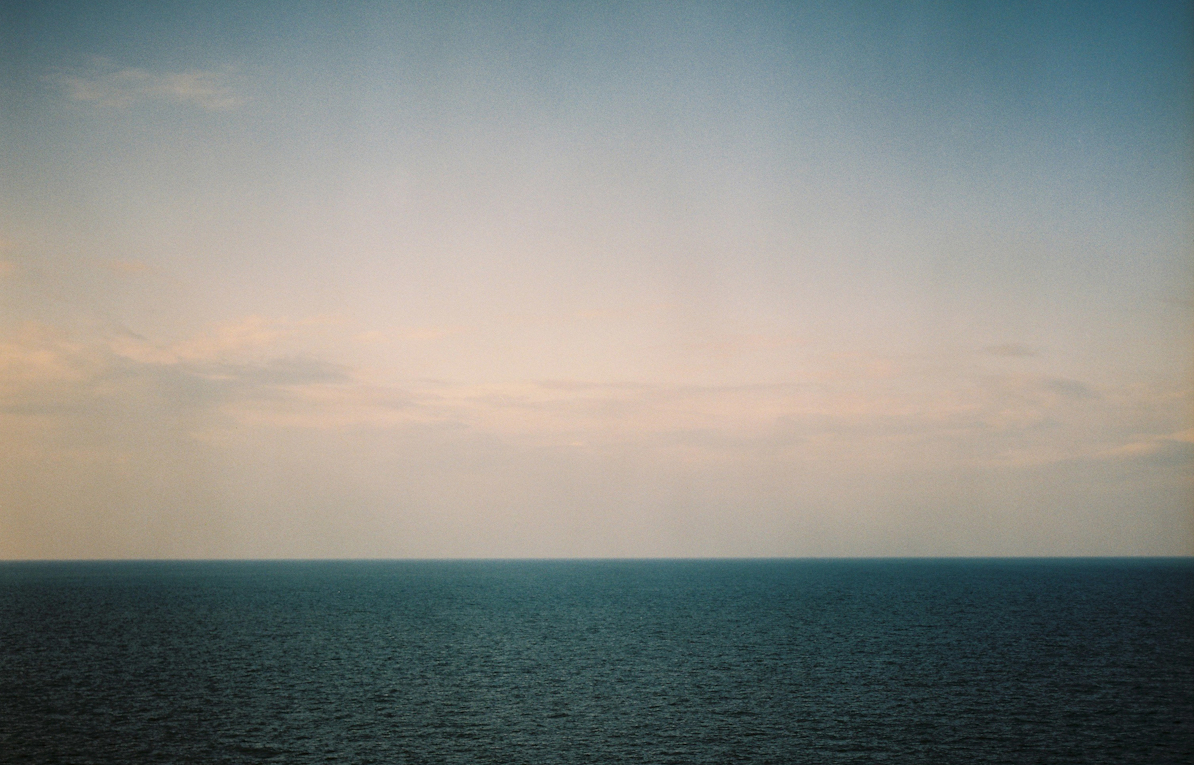
“It’s Always The Details”
Talking With Photographer Jim Marsden
We’ve known photographer Jim Marsden for a long time. His passion for analogue photography and eye for landscape has made him our go-to guy for lookbooks and product shoots for many years and he has photographed us everywhere from barbershops and restaurants to log cabins and orchards.
We caught up with with Jim after his recent road trip to Scotland shooting our collaboration cloth with Woven In The Bone, to try to get a sense of what makes him ‘click’.
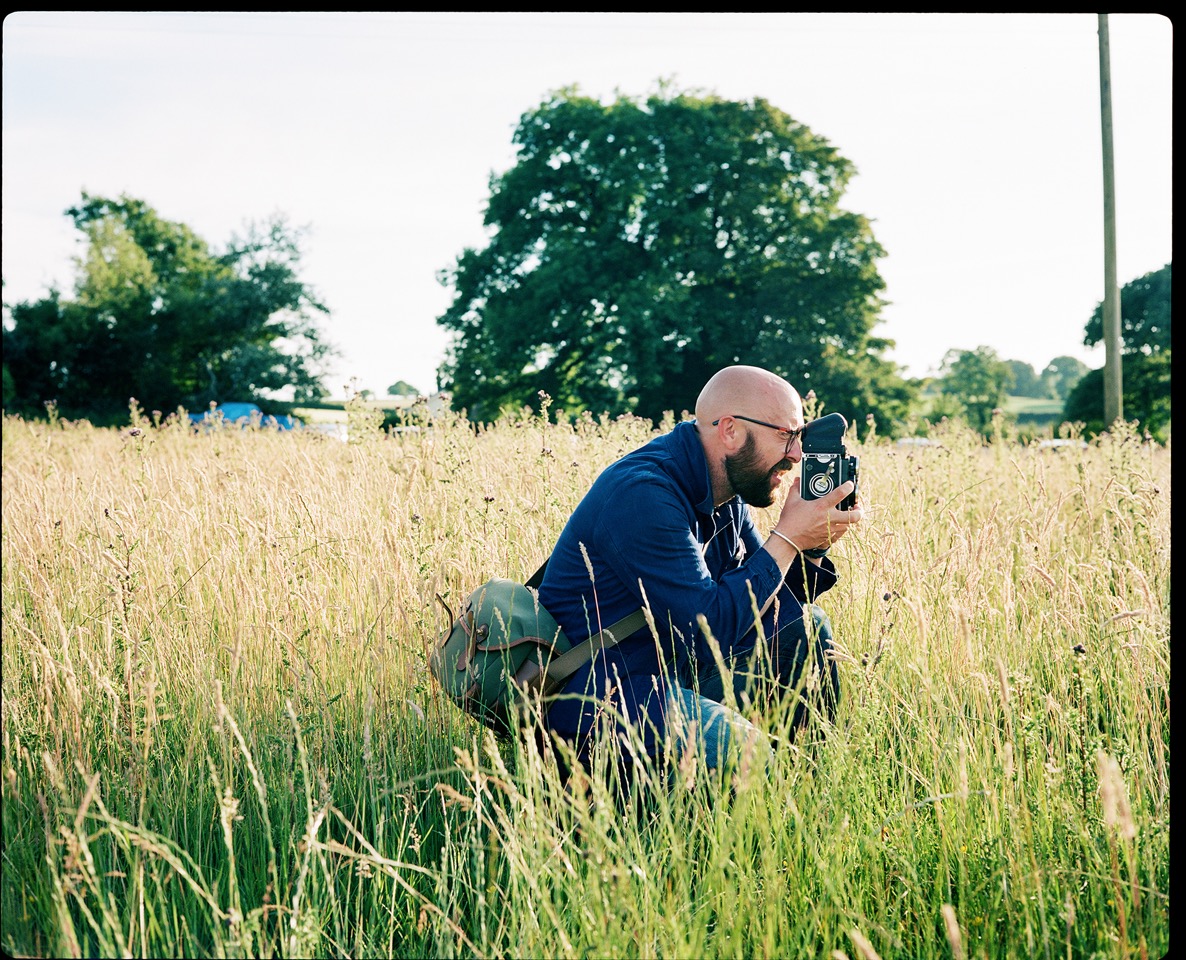
“I trained as a draughtsman when I was 19 and had my own interior architectural practice for many years. It was a balance, I was still doing the photography at time but it was so time intensive, it ruins you. I thought “Nope. Jog on. Dump it”, you know? Something else will come in its place. But until you make that space, nothing else can come in, can it? Sometimes you’ve got to put yourself in a difficult position to get yourself off your arse to make something else work. I had to ditch all the architectural work to move into photography.
I was in the construction industry for 16 years. That’s where I come from, so it’s really interesting making images for the sartorial world because I have far different references. My way into it is the details and the shapes, which is the obsession of all architects – where things fit. It’s not the big things; it’s how different materials butt up against each other and finish. It’s always the details.
You obsess over the small parts. You might have a whole series of drawings just about the windows for example, and how the brick line comes up to underneath of it. But as soon as you’ve finished that detail, you have to move to the thing next to it. You start on the details and move outwards. You find yourself in a presentation meeting where you’ve got to sell this really opaque idea, it’s just line drawings and shapes. You get that over and done with as quickly as you can and you just want to get into the details of how it works; how things fit together.
It was very time intensive. It’s not like photography where I’m able to turn up for a day, do my job, be really happy with it and walk away. You’re so involved for so long. One doesn’t allow for the other. So I had to let that go.
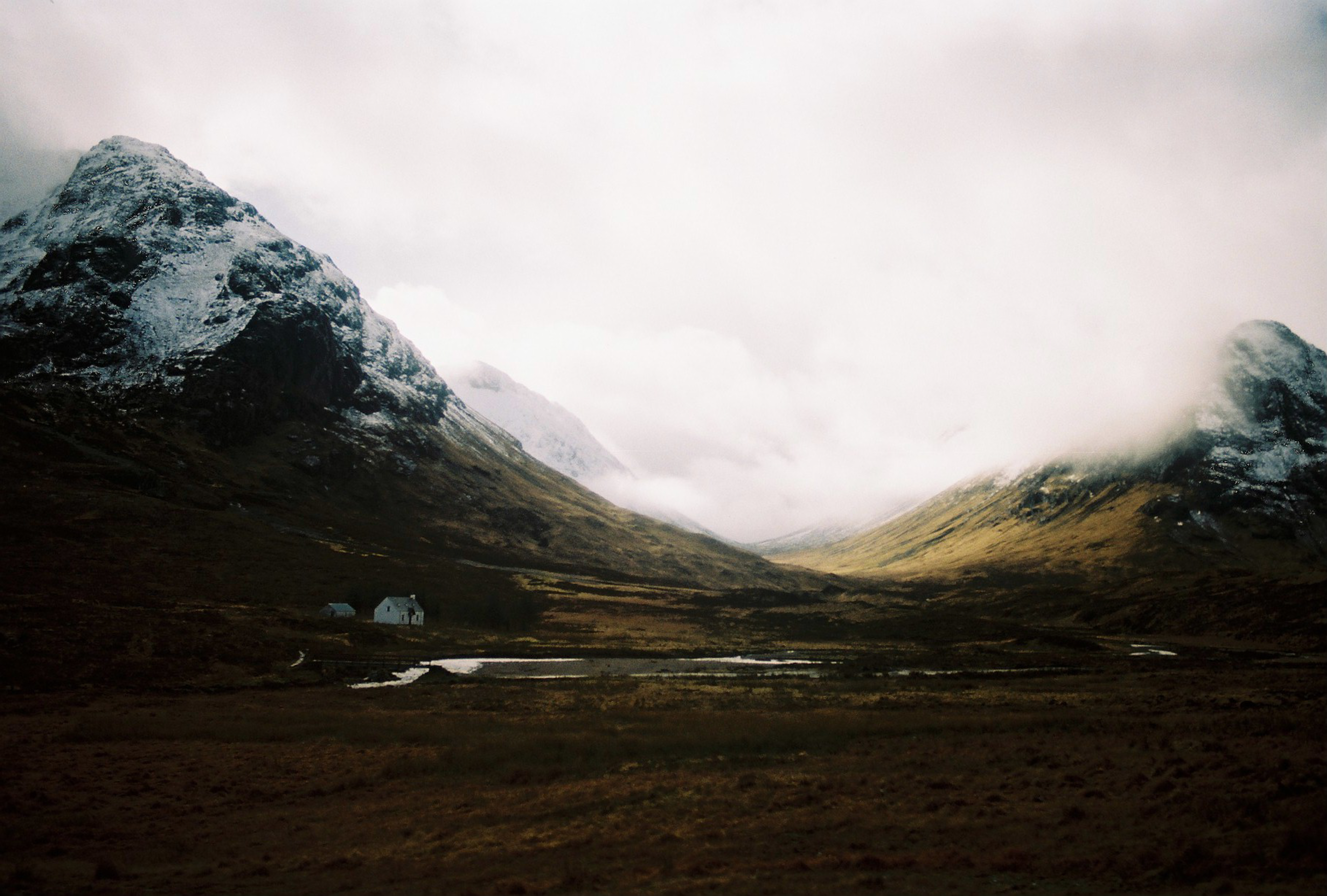
I’d been obsessed with photography since I was a kid – pictures and words went together. It’s a function of where you grow up, isn’t it? Your environment. People tell you “You won’t be able to earn money out of that!” It clips you. Until you figure out when you’re a bit older, “Hang on… just because I’m Northern and working class doesn’t mean I have to go work in the factory.” It’s just a perpetuating myth. Forget it. You have to understand the bit of community and culture that you come from.
I came to photography from an engineering standpoint. I wanted a camera because of the camera itself and what it was. Not necessarily the pictures, but as a machine. I used to restore classic cars as well. I’ve always been obsessed with anything mechanical.
So really early doors, it was the thing itself. I started taking pictures first before figuring out what I wanted to put in them. I grew up in Rossendale Valley, East Lancs which is this beautiful little green valley. I would take these random landscape images but they didn’t really do anything. I suppose it was when I started photographing people I started to like my own pictures. So I just started to take more pictures of people, and putting them into landscapes and it all linked up.
I suppose that’s why I’m interested in taking photos for brands like Timothy Everest. It’s not that I’m into the clothes in the same way, it’s the people and details that’s my in. I’m coming from a different angle.
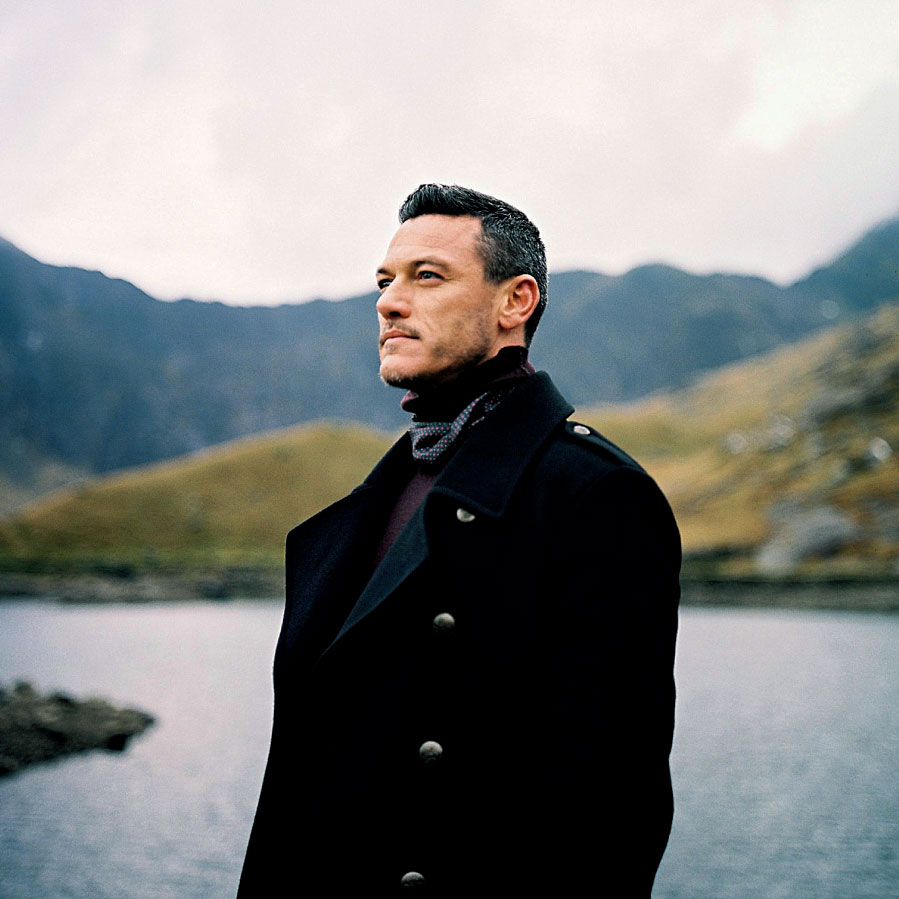
I love shooting in analogue. I don’t need to sit behind the computer editing ten thousand images, taking up all my time. I do one shoot, I send the rolls to the lab, they come back and I send them on. It gives me so much more time to do what I want which is photographing. Whereas if I was taking them digitally, I’d be sat there fiddling, using up time you could actually be out there.
On shoots, I’ve found it’s a benefit and they run a bit smoother because there’s not loads of people looking in the back of your screen; there’s a different flow to it. There’s a bit more spontaneity. I’m not taking ten versions of the same shot from slightly different angles, its one or two, done, next.
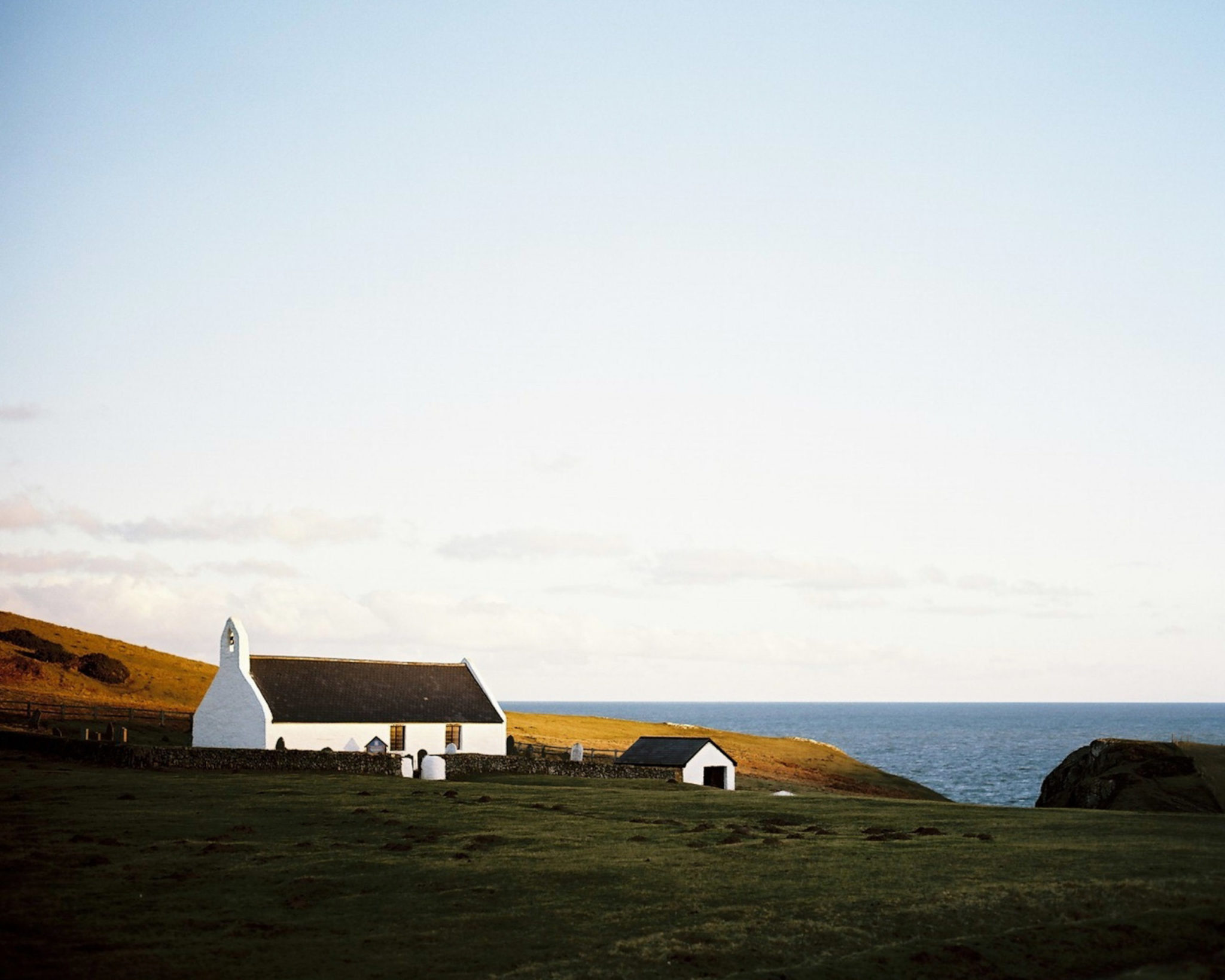
I try and keep the images pretty ‘light” and not too “messed with’. If you recognise the frame, you get it. And more often and not it’s the first one all the time anyway. I remember reading Annie Leibovitz’s book a few years ago called “At Work’. There’s a really interesting part where she talks about how she’d turn up at these big commercial shoots in the film days and the first image they would take would be a Polaroid. Just to test light, subject and everything. They would put that to one side, load up the same camera with the film and take the same shots. Invariably the one that would get published was always that first Polaroid, the instant; because it was “there”! Most of the time, you don’t need to muck about, subsequent things sometimes dilute it.
I think I ask a fair amount of trust from clients in this digital age. They could so easily go to a digital photographer and stand there shadowing the photographer to make sure all the images are there before they leave the shoot. I’m asking for a lot of trust. The ones that do get it, I can’t thank enough because it allows me to work in this particular way. This means there’s a lot more communication going on and in the case of working with you at Timothy Everest, that’s been built up over years. It feels like an old school way of working – just letting the photographer be the photographer.
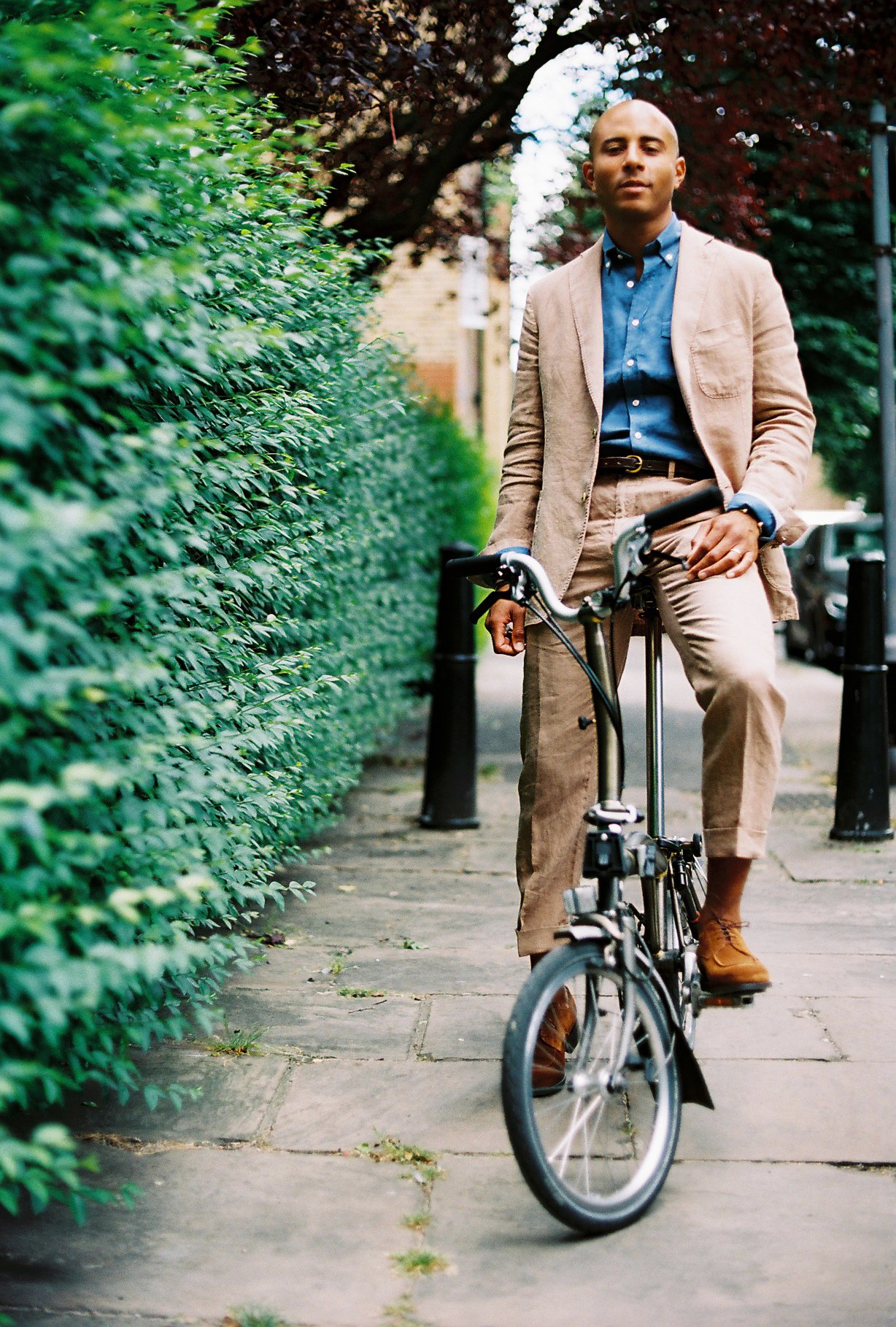
The shoots that work best are the ones where everyone just rocks up with the right vibe. I’d rather just catch the right energy and recognise the shots when people are engaged in it and know why they’re there. It’s the smaller shoots I really like. I remember I did one with Nick and Fred on a couple of Bromptons and it was such fun. They were both giggling, and I managed to get a load of movement in it while they were cycling around Arnold Circus and thought “That’s the feeling you know?” . That’s what I’m trying to capture. Not over direct, just to have people turn up in the right mind frame. If everyone’s having a good day the pictures can’t help but be there. There’s going to be millions of them. It’s just my job to recognise them.”
RELATED EDITORIAL


